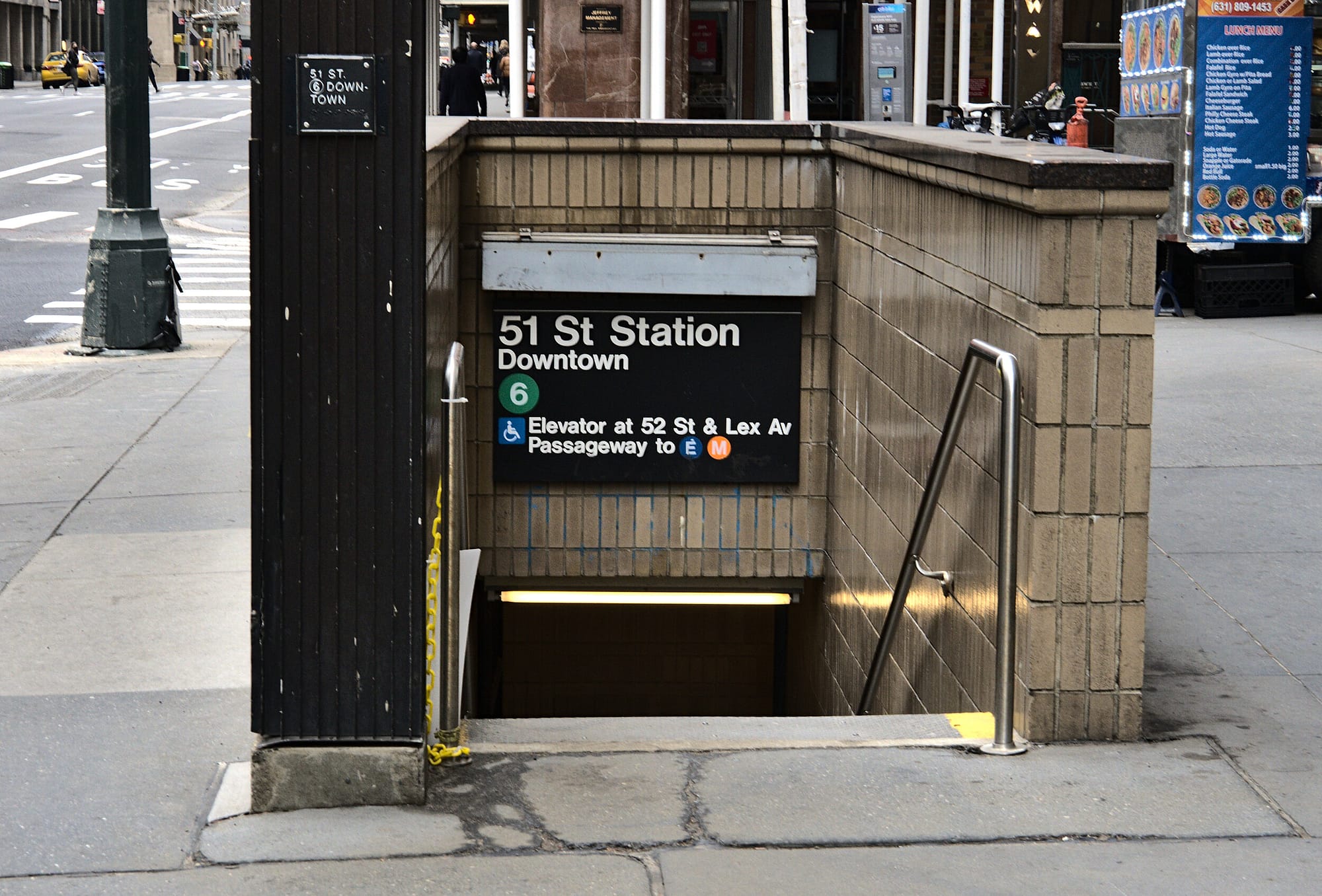Green spaces in cities are import for many reasons, including providing a bit of nature for city residents and providing ecosystem services that have previously been lost through the process of urbanization.
We hypothesize that large green spaces are more abundant in neighborhoods with more subway stops, which may also be areas of high commuter and tourist traffic as compared to more residential neighborhoods with fewer subway stops. Open geographical and demographic data obtained from official New York State government databases were mapped and analyzed using QGIS.
Maps were used to compare the distribution of parks and public transit in the 12 community districts in Manhattan. Variables included total area of parks, total number of subway stops and stations, proportion of area composed of parks, and proportion of stops within 100 meters of a park.
